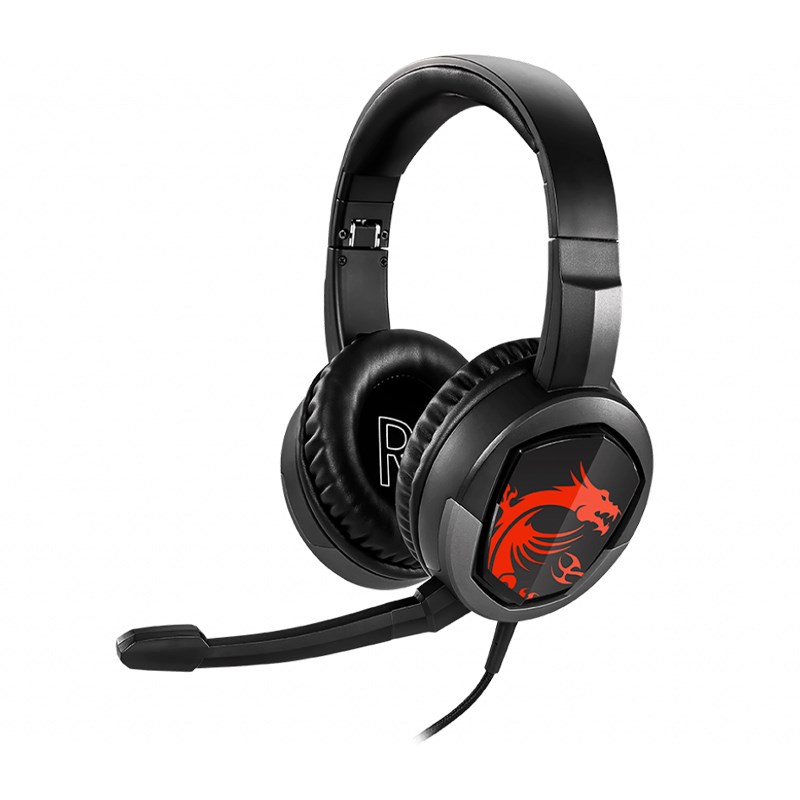
USB-C cables that do not have shielded SuperSpeed pairs, sideband use pins, or additional wires for power lines can have increased cable length, up to 4 m. The electronic ID chip provides information about product/vendor, cable connectors, USB signalling protocol (2.0, Gen 1, Gen 2), passive/active construction, use of V CONN power, available V BUS current, latency, RX/TX directionality, SOP controller mode, and hardware/firmware version. Cable length should be ≤2 m for Gen 1 or ≤1 m for Gen 2. They are electronically marked cables that contain a chip with an ID function based on the configuration channel and vendor-defined messages (VDM) from the USB Power Delivery 2.0 specification. USB 3.1 cables are considered full-featured USB-C cables. Receptacles are found on devices and adapters. Two kinds ( genders) of connectors exist, female (receptacle) and male (plug). The 24-pin double-sided connector is slightly larger than the micro-B connector, with a USB-C port measuring 8.4 millimetres (0.33 in) wide, 2.6 millimetres (0.10 in) high, and 6.65 millimetres (0.262 in) deep. USB-C port (receptacle) on a mobile phone USB Type-C and USB-C are trademarks of USB Implementers Forum. USB-C cables interconnect hosts and devices, replacing various other electrical cables and connectors, including USB-A and USB-B, HDMI, DisplayPort, and 3.5mm audio jacks.
:no_upscale()/cdn.vox-cdn.com/uploads/chorus_asset/file/22430770/cfaulkner_20210405_4508_0003.jpg)
It was developed at roughly the same time as the USB 3.1 specification.

The USB Type-C Specification 1.0 was published by the USB Implementers Forum (USB-IF) and was finalized in August 2014. USB-C (formally known as USB Type-C) is a 24-pin USB connector system with a rotationally symmetrical connector.


 0 kommentar(er)
0 kommentar(er)
